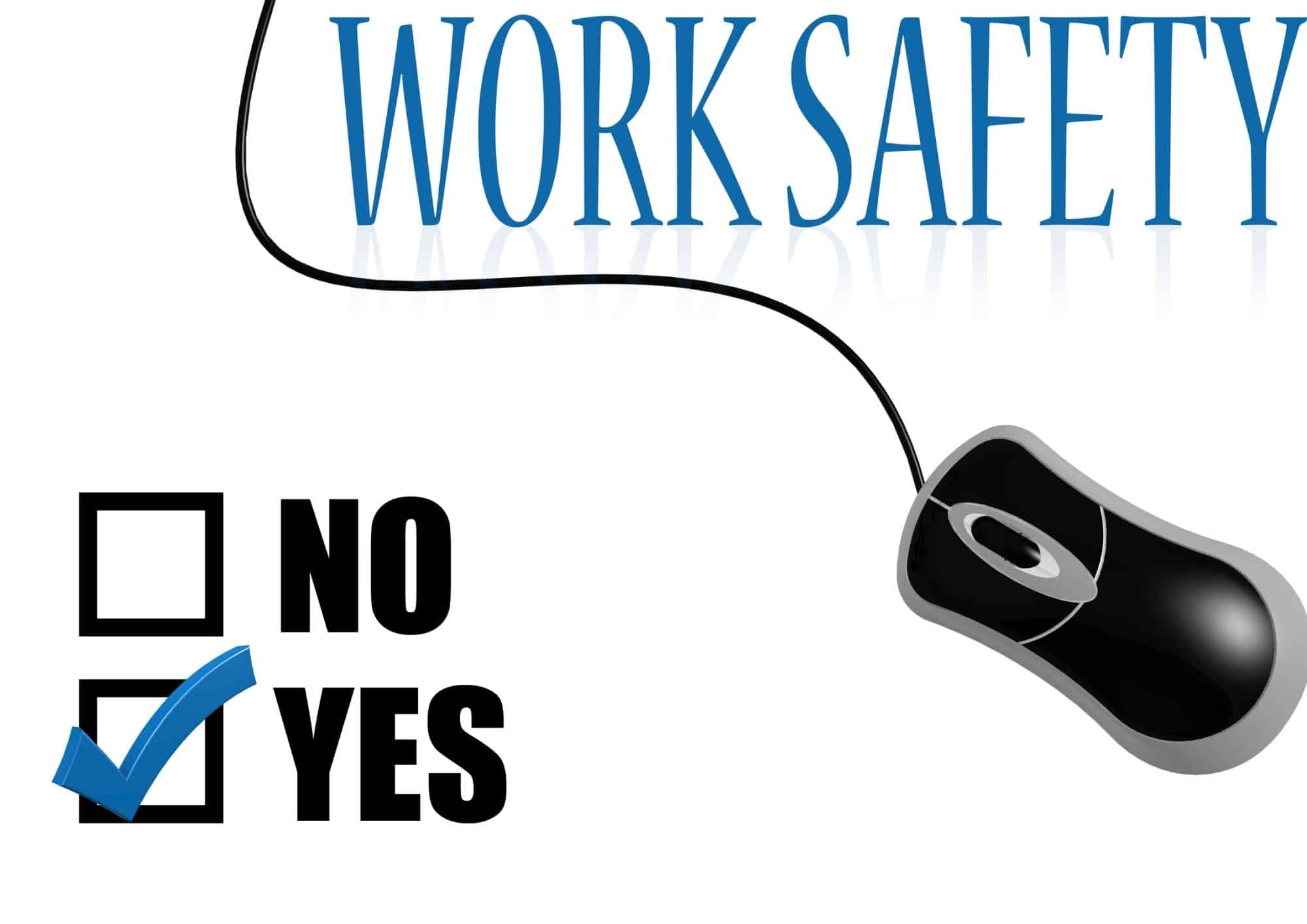An additional bank holiday has been proclaimed in honour of the Coronation of His Majesty King Charles III, which will fall on Monday, May 8th, following the Coronation on Saturday May 6th, 2023.
With another unexpected UK public holiday approaching, business owners will yet again be left wondering whether their employees are automatically entitled to the day off. Just like last year, it’s not a simple YES or NO answer- it will all come down to the employee’s contract whether they have a contractual right to have a day off.
For example:
- If the contract states something along the lines of: “Employees are entitled to 20 days’ paid holiday each year plus bank holidays” then as bank holidays are on top of the employee’s annual leave allowance, and as the contract doesn’t stipulate the exact number they are entitled to, the employee will be contractually entitled to take and be paid for the extra bank holiday on May 8th.
- If the contact states: “Employees are entitled to 20 days’ holiday during each holiday year plus 8 bank holidays” because bank holidays form part of the employee’s set holiday entitlement, and because employer has expressly provided 8 public holidays, the employee won’t have a contractual right to the extra bank holiday in 2023.
- If the contact states: “Employees are entitled to 28 days’ holiday during each holiday year including bank holidays” because bank holidays form part of the employee’s set holiday entitlement, and because employer has expressly provided the public holidays in question, the employee won’t have a contractual right to the extra bank holiday in 2023.
What if the company is closed, but staff don’t have a contractual right to time off?
If the company intends to close for the day, and employees’ contracts don’t give them the right to the extra bank holiday, employers have two options.
First, employers can require employees to use a day of their normal annual leave entitlement on May 8th, so that they don’t miss out on a day’s pay.
Alternatively, as many did with the additional bank holidays in 2022, employers could choose to permit an extra day’s paid leave as a discretionary gesture, however the fact that they allowed employees to take these extra days off last year doesn’t bind them to make the same decision in 2023.
Do you need HR support and advice at the end of the phone, direct from specialist employment lawyers? Contact info@hranchor.co.uk to discuss how we can support your business from as little as £150 + VAT per month.




